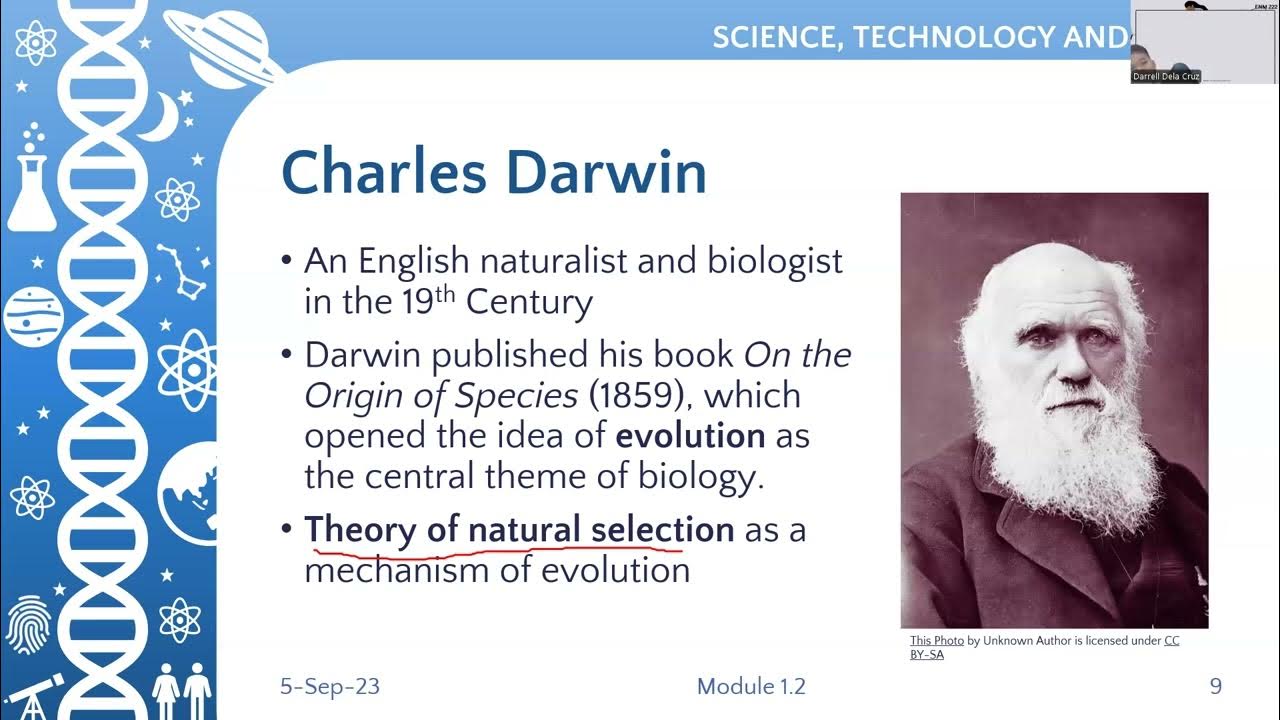The Mind/Brain: Crash Course History of Science #30
Summary
TLDRThis script delves into the evolution of brain and mind sciences from the 19th century, highlighting key figures like Philippe Pinel, Ivan Pavlov, and Sigmund Freud. It discusses the shift from moral to material explanations for mental disorders, the establishment of psychology labs by Wilhelm Wundt, and Freud's psychoanalysis, which revolutionized the understanding of the unconscious mind. The script also touches on the impact of these theories on society, including in advertising and the treatment of shell shock during WWI.
Takeaways
- 🧠 The human brain's nature has been a complex subject since the 19th century, with the rise of brain sciences and early psychiatry.
- 🏥 The asylums of the 19th century marked a shift from viewing madness as divine punishment to considering it a medical condition.
- 👨⚕️ Philippe Pinel is often credited with creating the modern asylum, advocating for moral treatment over physical restraint.
- 🔬 Early neurology and neuroscience developed from studying the brains of criminals and understanding the brain's role in motor functions.
- 🧬 Santiago Ramón y Cajal's work on staining brain tissue led to the acceptance of the 'neuron doctrine', showing the brain is made of individual cells.
- 📚 Wilhelm Wundt founded the first psychology lab, establishing psychology as a separate discipline, while structuralism and functionalism emerged as psychological theories.
- 🌐 Sigmund Freud's psychoanalysis became influential, focusing on early experiences, relationships, and dreams to understand mental disorders.
- 🛋 Freud introduced the id, ego, and superego as parts of the mind, suggesting our consciousness is like an iceberg with most of it hidden.
- 🎓 Freud's work was controversial but widespread, influencing not only psychiatry but also mainstream culture and advertising.
- 🎬 World War I saw the rise of 'shell shock', now known as PTSD, further integrating psychiatry and talk therapy into society's fabric.
- 🔑 Freud's theories, along with those of Jung and others, contributed to the understanding of the collective unconscious and the mind's deep-seated influences.
Q & A
What significant development occurred in the field of brain sciences during the nineteenth century?
-The brain sciences emerged in the nineteenth century with experiments and therapies tied to biological theories of the body, and they came into their own in the early twentieth century.
How were mental disorders historically perceived before the scientific study of the brain?
-Mental disorders were often thought to be a divine punishment, an act of possession by spirits, or the result of an imbalance of the humors.
What was the role of Doctor Philippe Pinel in the history of mental health care?
-Doctor Philippe Pinel is often credited with creating the modern asylum by ordering patients to be unchained, though credit should also go to Jean-Baptiste Pussin. Pinel advocated for moral treatment of patients rather than physical restraint.
How did the Industrial Revolution contribute to the study of the human brain?
-The rise of the therapeutic asylum or mental hospital aimed at helping and studying the mentally ill occurred around the time of the Industrial Revolution, marking the beginning of a scientific study of the human brain.
What was the 'neuron doctrine' and who is credited with its discovery?
-The 'neuron doctrine' is the idea that the brain is made up of individual cells, similar to the rest of the body. This was discovered by Spanish neuroscientist Santiago Ramón y Cajal after developing a method of staining brain tissue.
Who founded the first psychology lab and when was it established?
-German doctor Wilhelm Wundt founded the first psychology lab at the University of Leipzig in 1879, establishing psychology as a separate discipline from other sciences.
What is the significance of Sigmund Freud's work in the field of psychology?
-Sigmund Freud developed psychoanalysis, a form of therapy based on talking about early childhood experiences, relationships, and dreams. His theories on the human mind, including the id, ego, and superego, have had a significant influence on popular culture and the understanding of mental health.
What was the term used to describe the mental health issues experienced by soldiers during and after World War I?
-The term 'shell shock' was used to describe the sensory and motor disorders and loss of memories experienced by soldiers without obvious physical causes, which was later rethought of as post-traumatic stress disorder (PTSD).
How did the theories of mind and behavior influence the advertising industry?
-Theories of mind and behavior, including those of Freud and his nephew Edward Bernays, were adopted by advertisers to sell consumers mass-produced goods, using psychological insights to influence consumer behavior.
What is the connection between Freud's work and the concept of 'libido'?
-Freud introduced the concept of 'libido' as a form of psychic energy that floats around the brain and needs an outlet. This concept was central to his theories on the origins of funny feelings and the functioning of the human mind.
What was the role of Carl Jung in the development of Freudian theory?
-Carl Jung, a Swiss colleague of Freud, invented the word association test and developed the theory of the collective unconscious, which is a deep part of the mind derived from ancestral memory and myth, not individual experience.
Outlines

このセクションは有料ユーザー限定です。 アクセスするには、アップグレードをお願いします。
今すぐアップグレードMindmap

このセクションは有料ユーザー限定です。 アクセスするには、アップグレードをお願いします。
今すぐアップグレードKeywords

このセクションは有料ユーザー限定です。 アクセスするには、アップグレードをお願いします。
今すぐアップグレードHighlights

このセクションは有料ユーザー限定です。 アクセスするには、アップグレードをお願いします。
今すぐアップグレードTranscripts

このセクションは有料ユーザー限定です。 アクセスするには、アップグレードをお願いします。
今すぐアップグレード関連動画をさらに表示

OS 10 MAIORES PSICÓLOGOS DE TODOS OS TEMPOS

Psychology's Roots

Lesson 2: Intellectual Revolutions that Defined Society - Science Technology and Society

Deep Battle: The Soviet Answer to the Blitzkrieg

Important Literary & Cultural Terms and their Proponents - Part 4 | UGC NET ENGLISHLITERATURE | CUET

Metáforas computacionais: o surgimento das ciências cognitivas
5.0 / 5 (0 votes)
